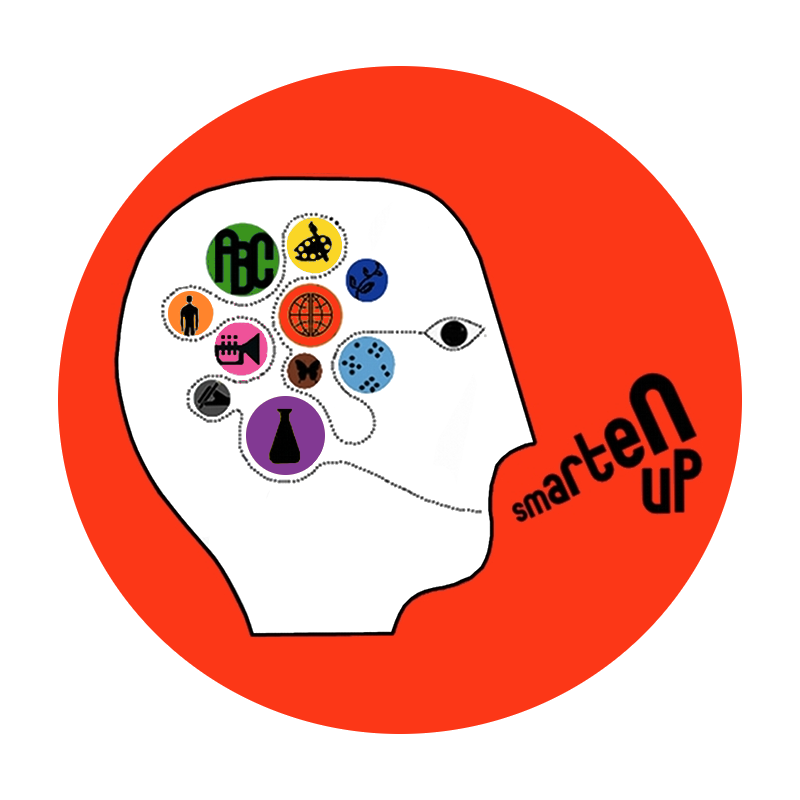Suffixes are word parts that are added to the end of a root word to change its meaning. Knowing what suffixes mean can help students make sense of unknown words they come across. Spelling and using suffixes correctly is a bit harder to master than prefixes because suffixes often change the spelling of root words. Furthermore, the way in which a suffix changes the spelling of a root word varies depending on the suffix being used.
Suffix Rules:
The rule that applies to a suffix depends on what kind of suffix it is. There are two main types: consonant suffixes and vowel suffixes. Consonant suffixes are simply those that begin with a consonant, like ‘-ness’ and ‘ly.’ Vowel suffixes begin with a vowel. Usually, when we add a consonant suffix to a root word, the spelling of the root word remains intact. No letters are changed or added, other than the suffix itself. (There are, as always, exceptions to this rule, like the word ‘happily.’) Vowel suffixes are a bit more complex.
Rules for adding a vowel suffix:
When you have a root word that ends with two consonants, just add the suffix (fish —> fishing)
When you have a root word that is one syllable and has a single consonant at the end, double the last letter before adding the suffix (flop —> flopped)
When you have a root word that ends in a silent e, remove the e before adding the suffix (dive —> diving)
When you have root word that ends in a y, change the y to an i. This applies to BOTH vowel and consonant suffixes! (baby —> babies, happy —> happiness). There are also some exceptions to this rule, such as “hurrying.”
We created the visual below to help students remember this important but commonly forgotten suffix rule for adding ‘-ed’ and ‘-ing’:
Conclusion
Teaching students individual word parts like suffixes allows them to more competently and efficiently define words they come across. When students learn words as whole units, and not by their parts, they are less likely to see exactly what suffixes do to the meaning and spelling of words. When all students do is memorize whole words, they aren’t able to see that a single suffix, while it can appear in countless words, has just one definition. When they learn these definitions and can apply them to words in which they appear, their reading drastically improves.



